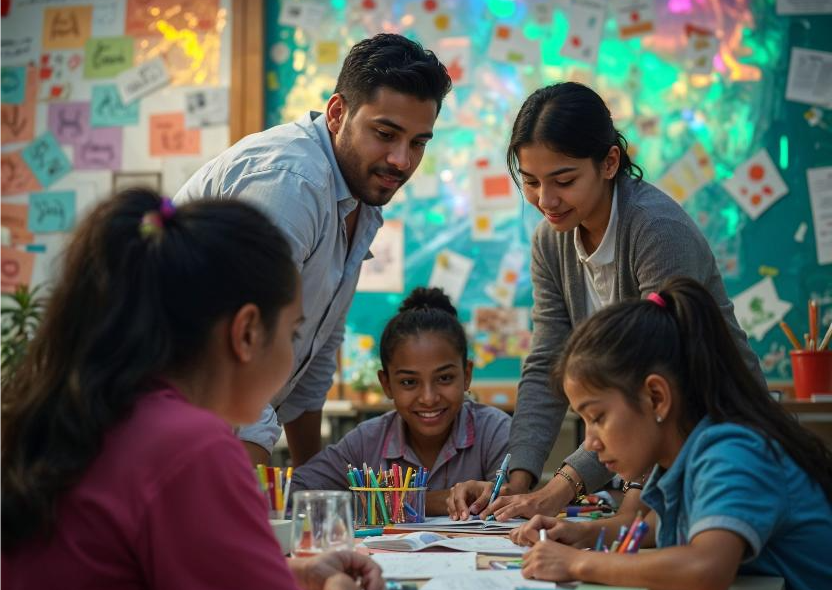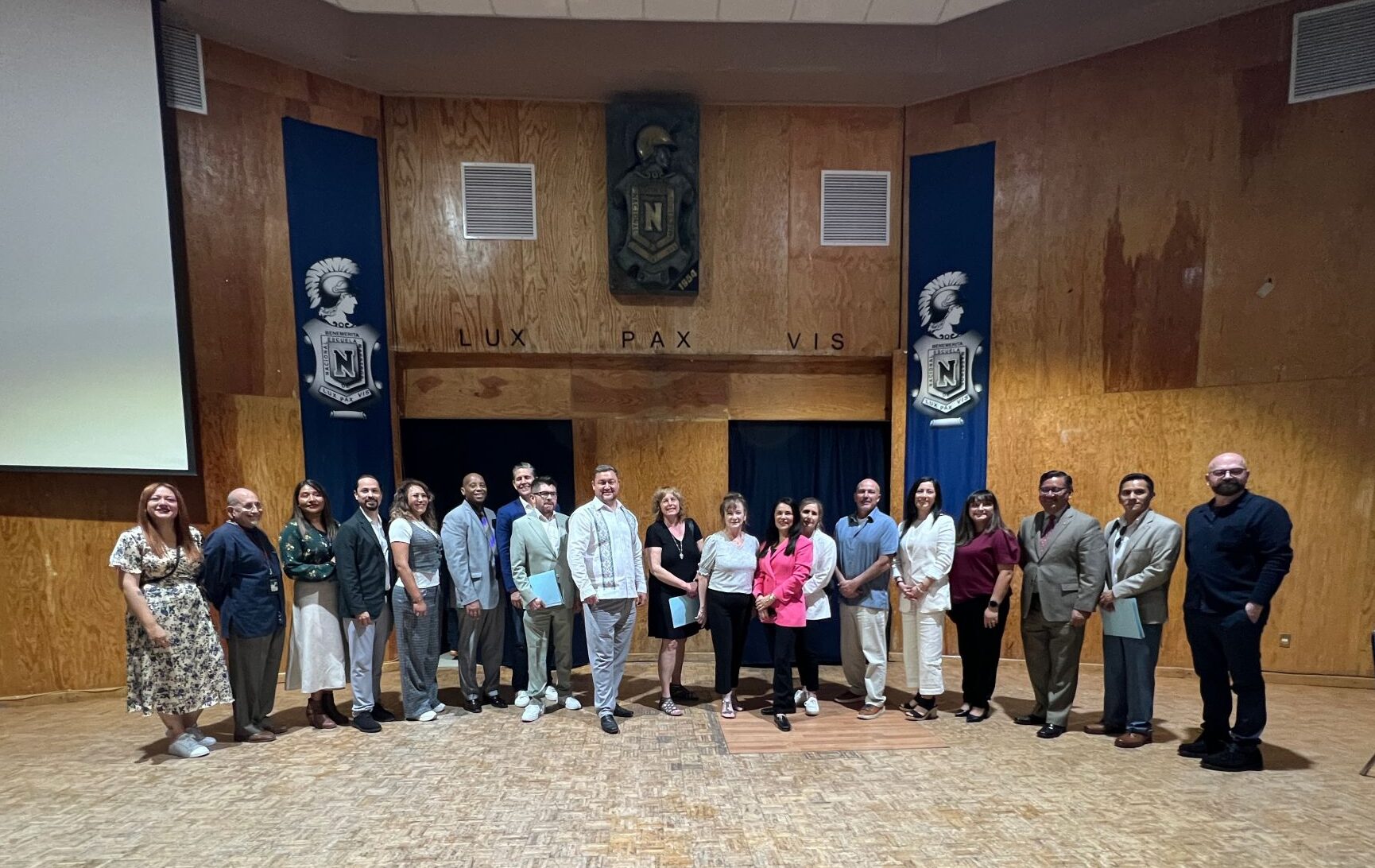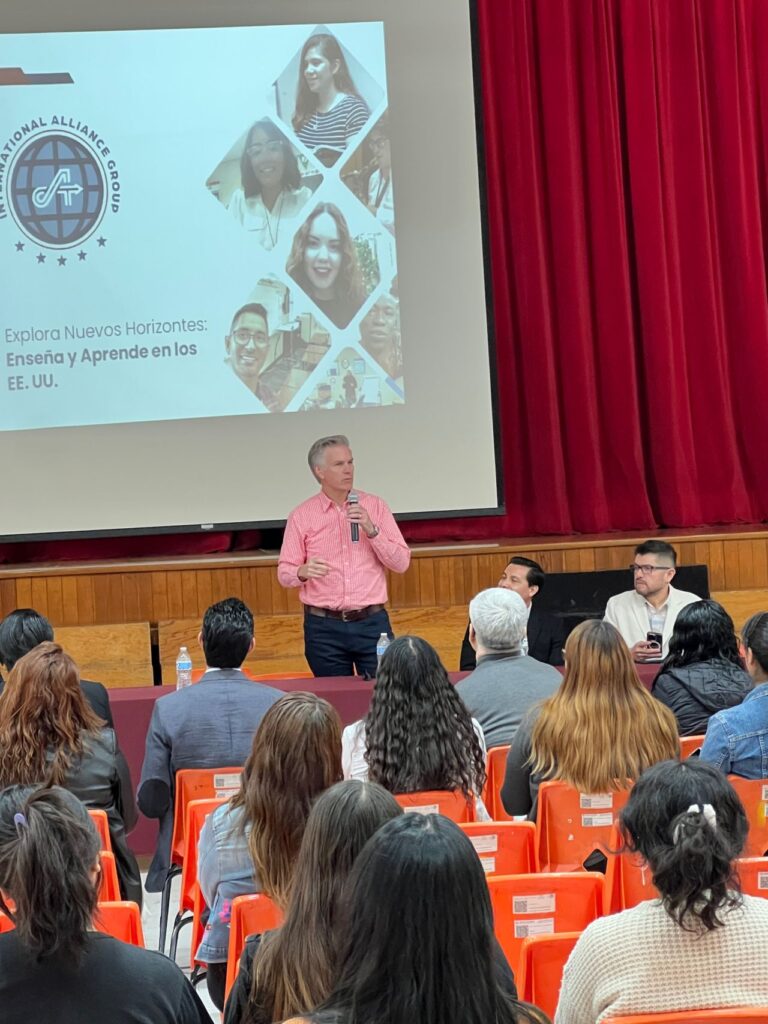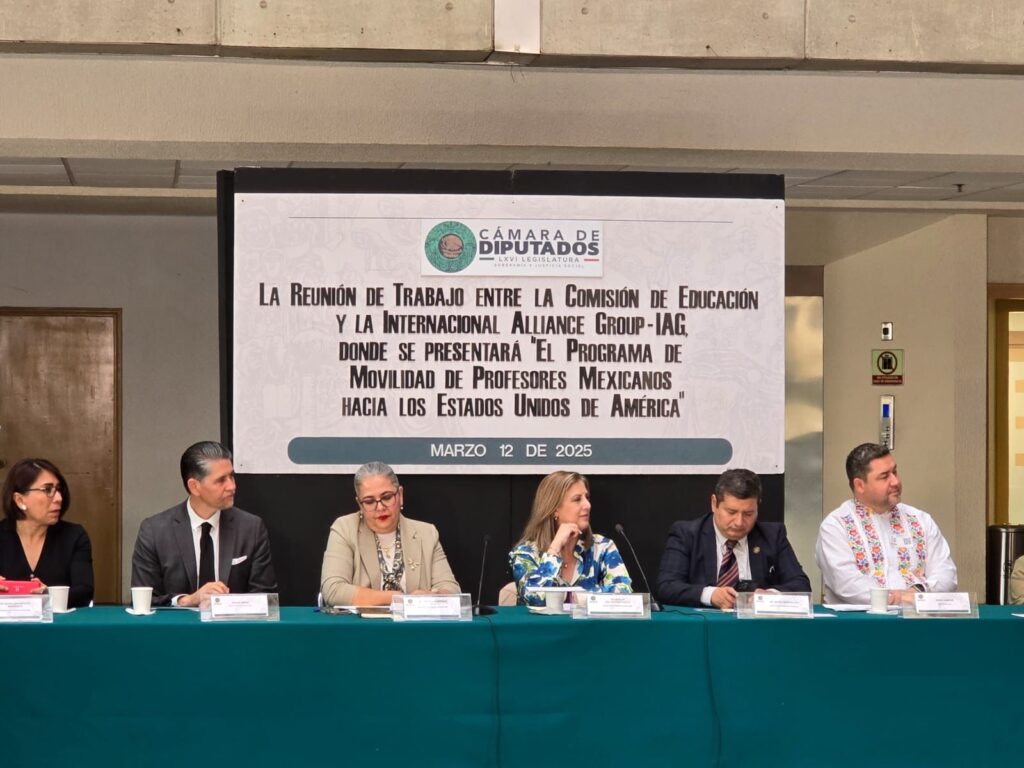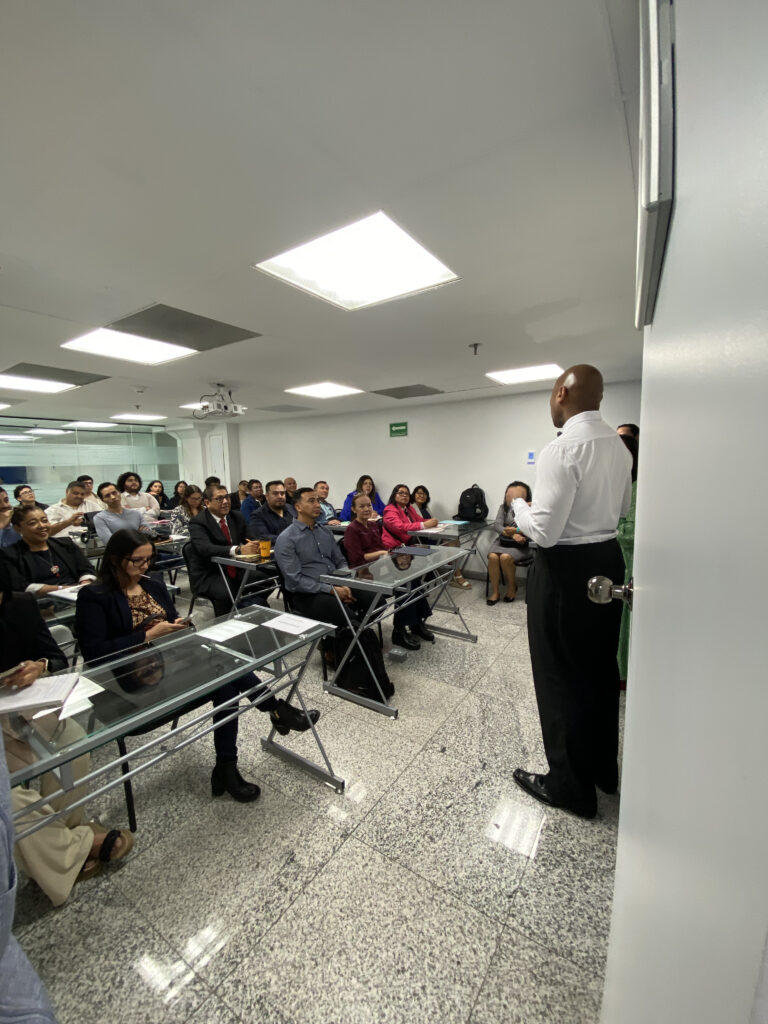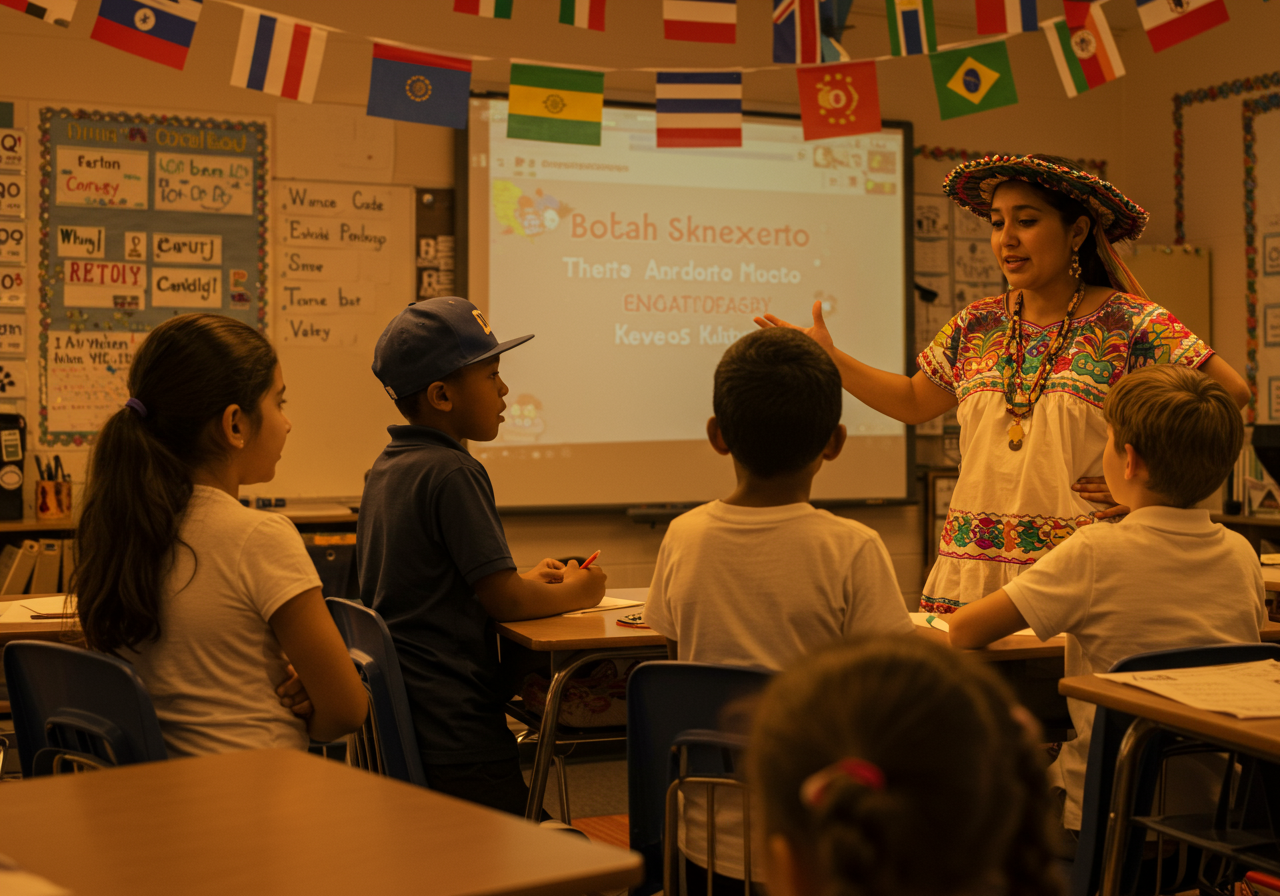Discover how Ilse Torres, an International Teacher from Oaxaca, Mexico, is thriving at Ridgeview Elementary School in San Antonio, Texas.
What motivated you to teach in the United States, and what aspects of this experience have you found most valuable?
I decided to teach in the United States first of all because it’s a great opportunity for your professional development, you learn new models, new methods, and you can take all this experience to your home country. Also because of the exposure to the US culture and society, you make friends, a family here and finally I’d say that I love that your salary is based on your educational level and years of teaching experience.
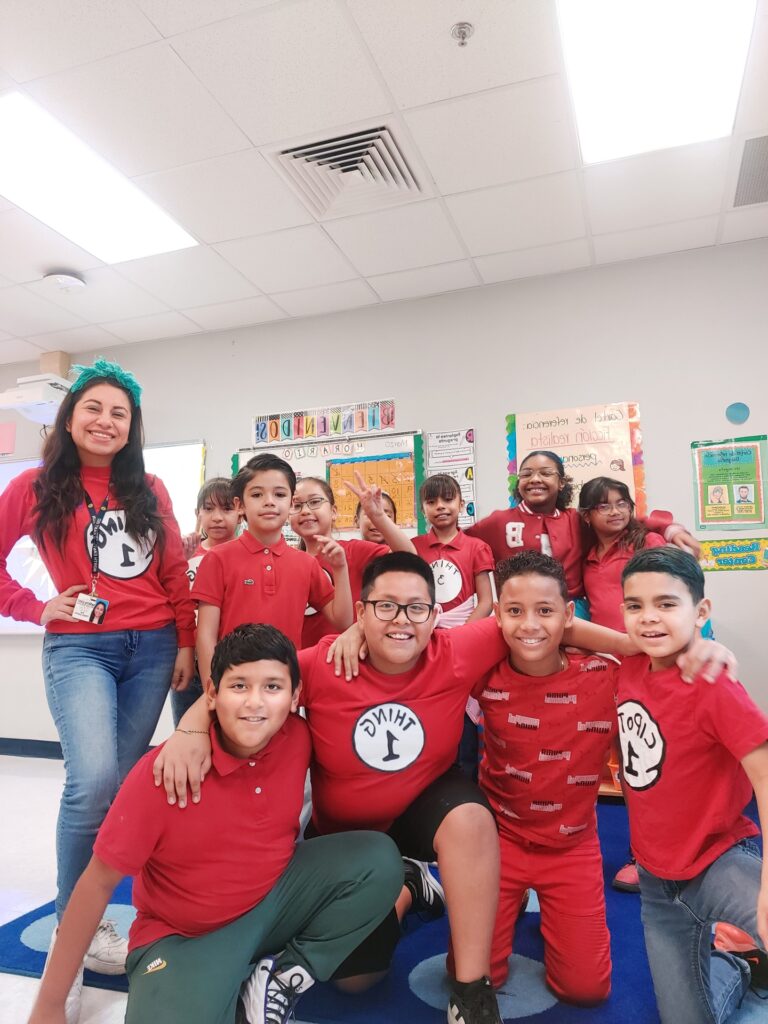
What aspects of your professional development have you found most rewarding during your time teaching in the US?
Living and working in San Antonio has provided me with a rich cultural experience. I’ve had the pleasure of immersing myself in American culture and building a second family here. This cultural exchange has broadened my perspective and enriched my life in ways I never imagined.

Ilse’s story is a testament to the mutually beneficial relationship between international teachers and U.S. school districts. With IAG’s support, educators like Ilse thrive, bringing valuable skills and cultural perspectives to American classrooms, while districts gain access to highly qualified professionals.
If you are a dual language teacher looking for professional growth and a rewarding experience, we invite you to explore the opportunities available here.
This blog was written by Global Workforce Development, powered by IAG, an organization dedicated to creating international job opportunities for professionals.



